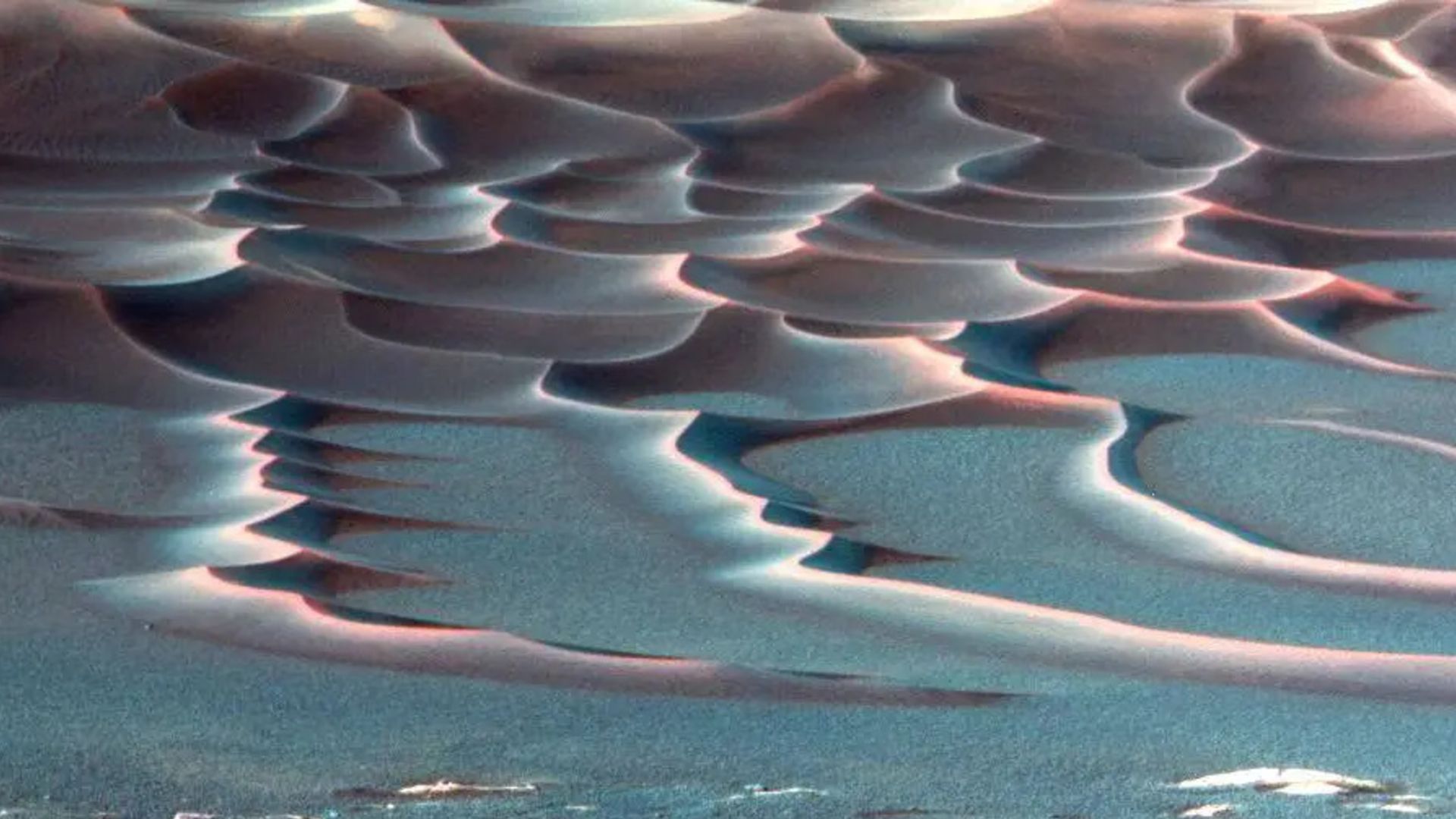An innovative technique for measuring the force acting on individual grains of sand could help scientists discover how winds have shaped the surface of Mars.
The method, developed by researchers at the State University of Campinas in Brazil, uses images of dune surfaces to estimate the force acting on each grain of sand. Combining laboratory experiments, computer simulations and artificial intelligence (AI), the team generated detailed force maps that reveal the physics of dune formation.
Dunes, particularly crescent-shaped “barchan” dunes, form wherever wind or water flows over loose sand, from Earth’s deserts and seabeds to the ocean. dusty plains of mars. Scientists can track their movement to infer prevailing winds and environmental conditions, but until now it has been impossible to measure the forces that drive each grain’s movement, according to a statement from the university.
“To measure the force acting on each grain, it would be necessary to place a small accelerometer on each one, which simply does not exist,” the researchers said in the statement.
To overcome this challenge, the team recreated miniature underwater dunes in a laboratory and performed detailed 3D simulations to calculate the exact forces acting on each grain. They then trained a convolutional neural network. a form of AI used for image recognition: to link images of dunes with corresponding “force maps” from simulations. Once trained, the AI could infer force distribution directly from visual data. When tested with new images, it accurately predicted the forces at play, even for dune shapes it had not seen before.
“Any granular system that can be seen in an image, whether ice, salt or synthetic particles, can be analyzed as long as there is a simulation capable of accurately reproducing the behavior of the material,” Renato Miotto, postdoctoral researcher and lead author of the study, says in the statement.
The ability to extract such detailed physical information from images alone could have wide-ranging applications. In LandIt can help engineers better predict coastal erosion, river sediment transport, or the behavior of granular materials in industrial systems. This can also apply to other planets imaged from orbit, such as Marswhose dunes evolve under the same basic physics as those of the Earth.
“In the case of Mars, it is possible to infer, from widely available images, the wind intensity in the past and the evolution of the dunes in the future,” Erick Franklin, professor and co-author of the study, said in the statement.
Therefore, this method offers a new window to study the atmospheric history and surface evolution of the Red Planet. Their findings were published August 1 in the journal Geophysical Research Letters.



